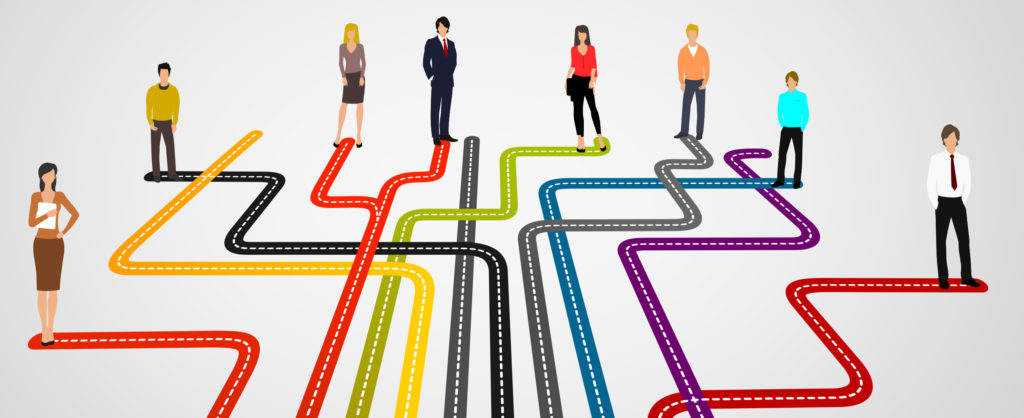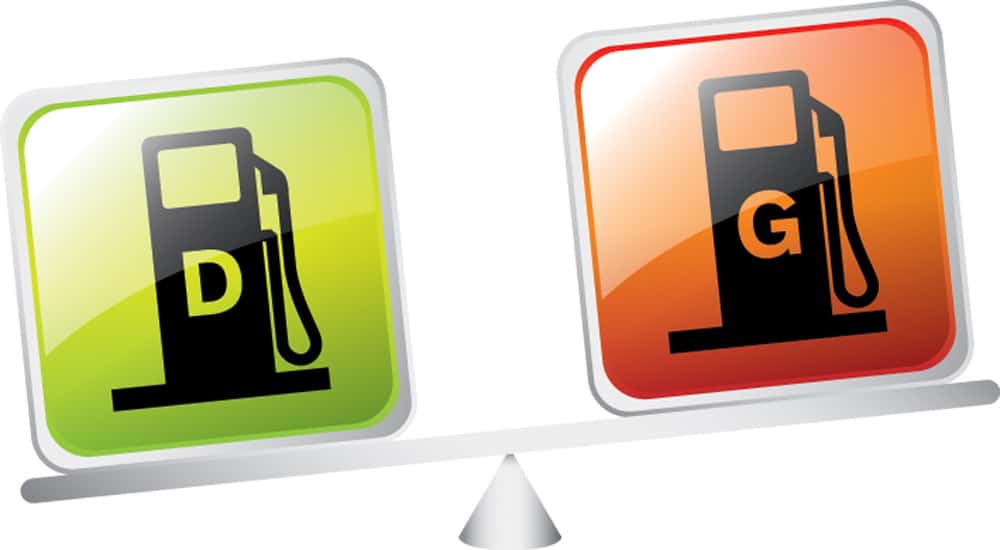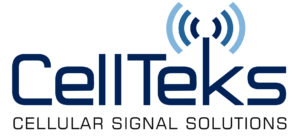
With radio frequency, much goes into how information is transferred from one person to another. Cellular communication has many facets of how this information is sent, encoded, decoded, and received. CDMA or Code Division Multiple Access and GSM or Global System for Mobiles technologies play a crucial role in how a call is made, a text is sent, or web page is loaded. Find out how this affects you and the changes in future technology to come.
A Little History
With the use of any technology, there has to be an origin of each and with the two technologies in question, there are two places of birth. GSM being from Europe and CDMA from the U.S. Both have progressed along today and while CDMA is dominant in the U.S., GSM is the leader worldwide with 75% percent of the total market. These technologies have pioneered their own ways of coding and decoding data through certain frequencies or “cellular highways.” Multiple users can now transfer data without any crossover of voices or data. Be happy we’re not listening to millions of voices all at once when on a call

CDMA and GSM Carriers
The biggest difference in these technologies is what carriers use them. In the U.S., Sprint and Verizon use CDMA. AT&T and T-Mobile use GSM. In the rest of the world, GSM remains the standard, hence the Global part in GSM. Since this technology is mandated by Europe, it’s much easier and less expensive to produce GSM equipment, the biggest reason GSM is so widely used.
Technology
The best way to try to differentiate the two is viewing both as having the same purpose but through different means. Such as Diesel and Gasoline trucks use different fuel and operate differently mechanically, they both will ultimately get you to a destination. This same concept is applied to CDMA and GSM. In a call, your voice is encoded into digital data and transferred through channels so that a stream can be made for multiple calls at once.

A Bit of Science:
CDMA is categorized as a “code division” system. If calls 1, 2, and 3 are made on the same channel, the data in the stream would read as 66666666. The receiver would have a unique code to “divide” the signal to receive the call it was intended to receive.
GSM, on the other hand, is known as a “time division” system in which calls take turns being received. So if calls 1, 2, and 3 are being sent through the channel in order, they would be read as 123123123123. Only the receivers with the assigned time slots will receive their respected calls putting all the pieces together. Call 1 would receive 1111, Call 2 would receive 2222 and so on.
How Does This Affect Me?
My phone can make calls, so what? With whatever technology or carrier you have, you’ve already been using this technology. Choosing to switch carriers is where the challenge happens. With a CDMA (Verizon/Sprint) iPhone specifically, switching to GSM is possible but the reverse isn’t. Due to the radio types of GSM iPhones, a carrier change to AT&T or T-Mobile would require a trade-in or a new phone. With most consumers, your carrier of choice will usually be used for a while. But if you’re a business owner or one that travels using different carriers, choosing to buy the unlocked model through the manufacturer may be your best option for a new phone. Whatever the case may be, stop by our office in Boerne, Texas and check out our new and refurbished phones and ask about our signal booster solutions here through our website!





